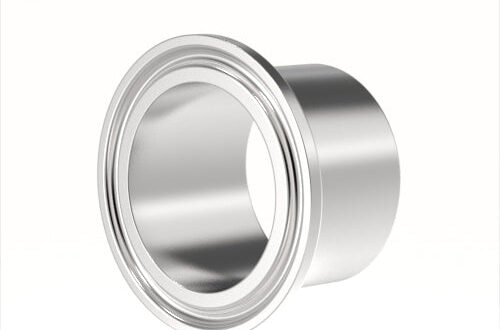Ceramic Innovations in Modern Architecture
# Ceramic Innovations in Modern Architecture
## The Evolution of Ceramic Materials in Architecture
Ceramics have been a fundamental material in architecture for centuries, but recent innovations have propelled them into the forefront of modern design. From ancient clay bricks to contemporary high-tech ceramic panels, the evolution of ceramic materials has been remarkable. Today, architects and designers are leveraging the unique properties of ceramics to create structures that are not only aesthetically pleasing but also highly functional and sustainable.
## Advantages of Ceramic in Modern Construction
One of the primary reasons ceramics are gaining popularity in modern architecture is their versatility. Ceramics offer a wide range of benefits, including durability, thermal insulation, and resistance to environmental factors. These properties make them ideal for both exterior and interior applications. Additionally, ceramics can be engineered to have specific textures, colors, and finishes, allowing for a high degree of customization in design.
### Durability and Longevity
Ceramic materials are known for their exceptional durability. They can withstand extreme weather conditions, resist corrosion, and maintain their appearance over time. This makes them a cost-effective choice for long-term construction projects. Modern ceramic tiles and panels are designed to endure heavy foot traffic, UV exposure, and other stresses, ensuring that buildings remain pristine for decades.
### Thermal and Acoustic Insulation
Another significant advantage of ceramics is their ability to provide excellent thermal and acoustic insulation. Advanced ceramic composites can regulate indoor temperatures, reducing the need for artificial heating and cooling. This not only enhances energy efficiency but also contributes to a more comfortable living environment. Furthermore, ceramics can absorb sound, making them an excellent choice for noise reduction in urban settings.
## Innovative Applications of Ceramic in Architecture
The use of ceramics in modern architecture is not limited to traditional applications like tiling and cladding. Innovative techniques and technologies have expanded the possibilities, allowing architects to push the boundaries of design. Here are some cutting-edge applications of ceramics in contemporary architecture:
### Ceramic Facades
Ceramic facades are becoming increasingly popular in modern buildings. These facades not only enhance the aesthetic appeal of structures but also provide functional benefits such as improved insulation and weather resistance. Advanced manufacturing techniques allow for the creation of intricate patterns and designs, enabling architects to achieve unique visual effects.
### 3D-Printed Ceramic Components
The advent of 3D printing technology has revolutionized the way ceramics are used in architecture. 3D-printed ceramic components can be customized to fit specific design requirements, offering unparalleled flexibility. This technology enables the creation of complex geometries and intricate details that would be difficult or impossible to achieve with traditional methods.
### Sustainable Ceramic Solutions
Sustainability is a key consideration in modern architecture, and ceramics are playing a crucial role in this regard. Recycled ceramic materials are being used to create eco-friendly building products, reducing waste and conserving natural resources. Additionally, the energy-efficient production processes for modern ceramics contribute to lower carbon footprints, making them a sustainable choice for green building projects.
## The Future of Ceramic in Architecture
As technology continues to advance, the potential applications of ceramics in architecture are virtually limitless. Researchers are exploring new ways to enhance the properties of ceramics, such as increasing their strength and flexibility while maintaining their aesthetic qualities. The integration of smart technologies, such as self-cleaning and energy-generating ceramics, is also on the horizon, promising to further revolutionize the industry.
In conclusion, ceramic innovations are reshaping the landscape of modern architecture. With their unique combination of durability, versatility, and sustainability, ceramics are poised to remain a vital material in the construction industry for years to come. As architects and designers continue to explore new possibilities, we can expect to see even more groundbreaking applications of ceramics in the buildings of the future.
Keyword: ceramic



